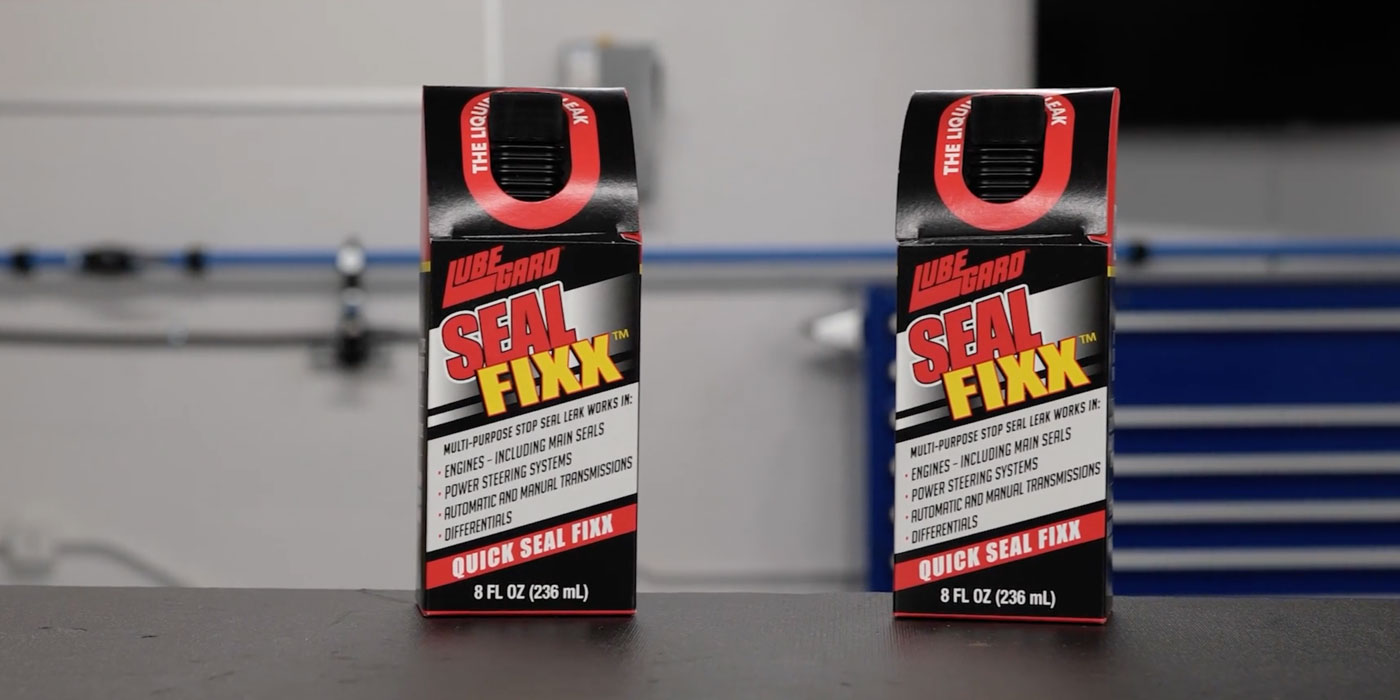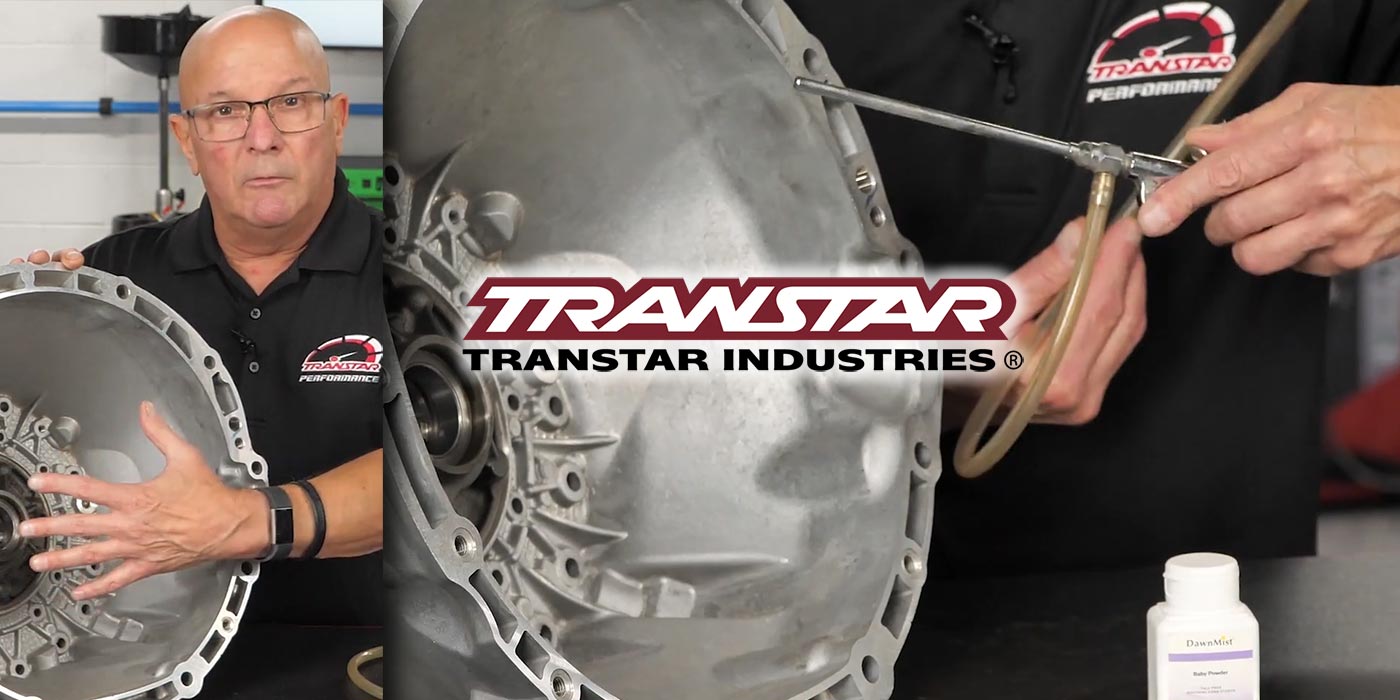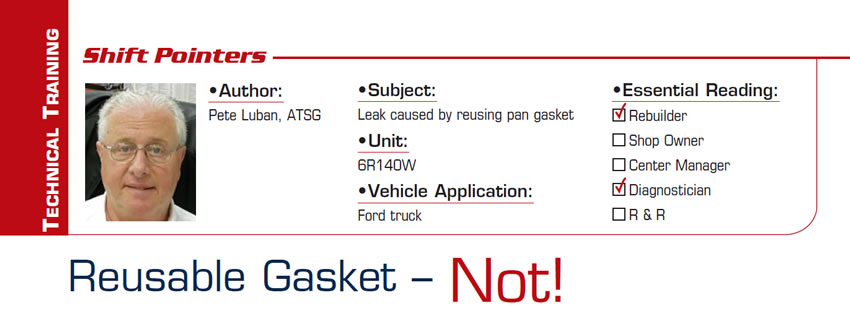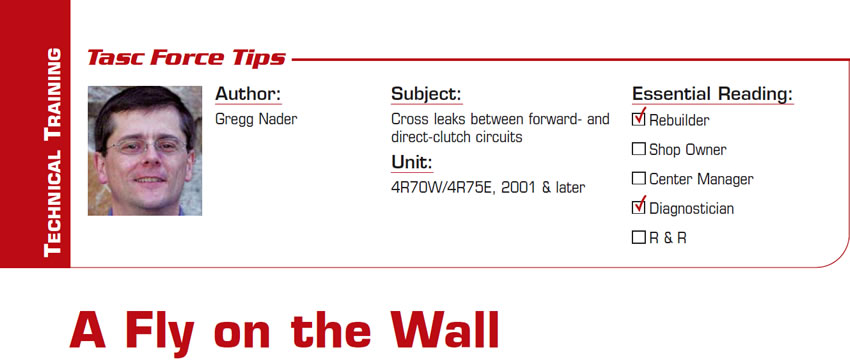Sponsored video: Lubegard Seal Fixx multi-system stop leak
In this sponsored video, Lubegard highlights its Seal Fixx multi-system stop leak for worn or dried-out seals. The full script of the video is below: Lubegard Seal Fixx Multi-System Stop Leak is an industrial strength and cost-effective stop leak that works fast. This unique formula will lubricate and revitalize worn or dried-out seals safely without

Searching for the source of an unexpected transmission fluid leak
As the installer was pumping fluid into the transmission from the right side of the vehicle, he was having a difficult time getting it full.

Watch: A trick for finding transmission leaks that are hard to detect
Dave Hritsko, Transtar’s technical parts specialist, walks viewers through his trick to find hard-to-locate leaks in transmissions, in this video from the Transtar Garage Studio. Want to know Dave’s trick? Watch the video above for that and a step-by-step process. Want to see more videos from the Transtar Garage Studio? Then click here.

Reusable Gasket – Not!
A late-model Ford truck with a 6R140W transmission came into the shop with a complaint of a leak from the front. When the truck was raised on the lift, it appeared that it was leaking out the front, so the transmission was pulled to reseal it.

A Fly on the Wall
When transmission parts fail or have problems, I often think about the decisions made along the way that resulted in the problematic part being used in production. A common sight at many transmission benches these days is a “cracked” separator plate found in 2001 and newer 4R70W/4R75E units. There is more to this story than just the cracked plates discovered during the rebuild, and it started long ago when the decision was made to eliminate a valve-body stiffener plate. I would love to have been a fly on the wall back then, listening to the reasons why it was OK to eliminate the stiffener plate.

Time to Change an Old Habit
Our industry is reporting an increasing number of converter leaks that are coming from this area. The normal stresses that are being exerted on the converter during acceleration – plus the extra stress of lockup apply – are causing the converter to flex. And the culprit is the sharp angle at the edge of the lockup surface (see Figure 1), which creates a flex point for a crack to start.

